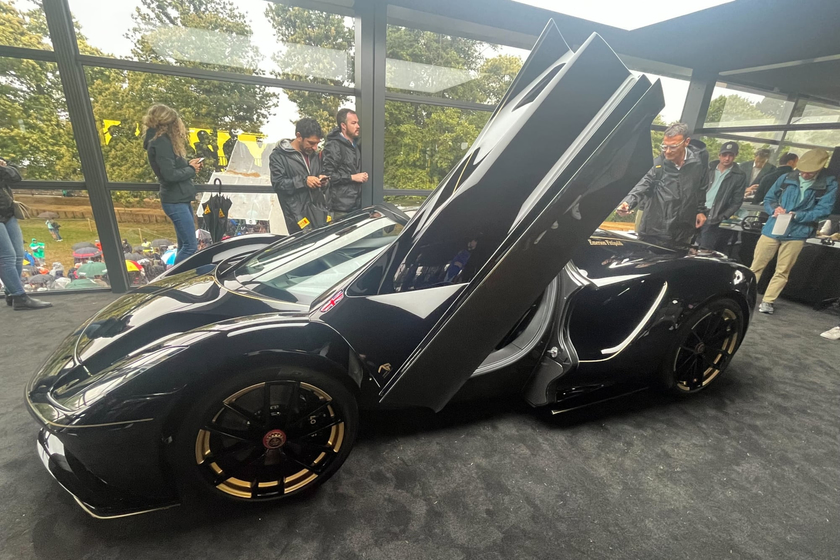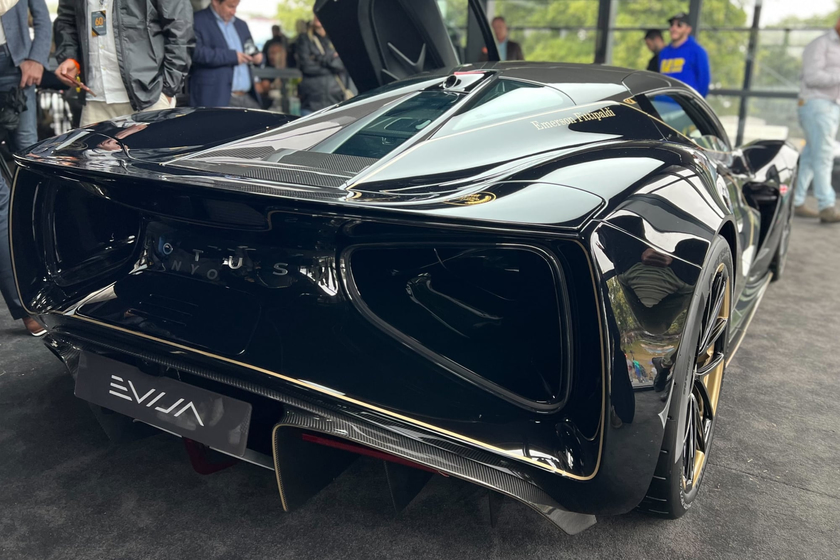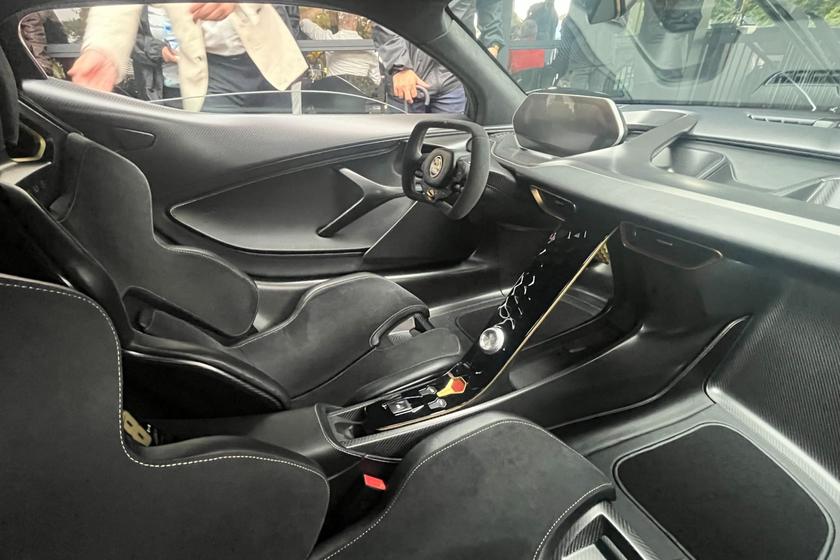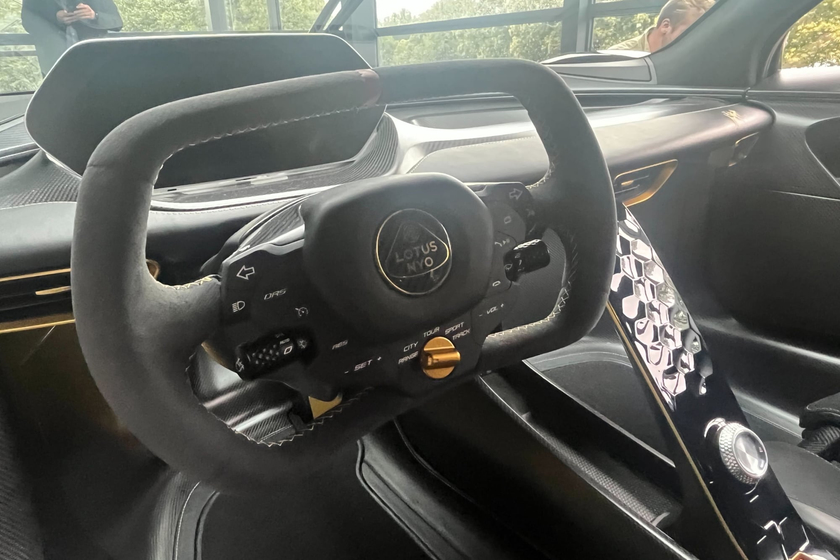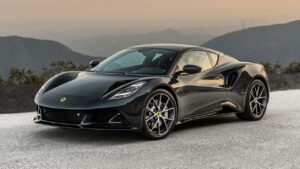Still Available!
Four years ago, almost to the day (July 16, 2019), the Lotus Evija was unveiled. And yet, up until this point, not a single car has been delivered. The Evija has faced one delay after another since its debut, but at the 2023 Goodwood Festival of Speed (FOS), representatives declared that the wait is finally over and that the first customer deliveries will commence at Monterey Car Week next month. Gavan Kershaw, director of Attributes and Product Integrity for Lotus, spoke to media at FOS and declared, “At Monterey, Pebble Beach, we’ll be handing over our first customer cars.”
At the recent Festival of Speed, Lotus had a special Evija Emerson Fittipaldi Edition on show. This car was adorned with a black and gold livery, paying tribute to the F1 driver and his Lotus 72 which won both the Driver’s and Constructor’s championship titles in 1972. Astonishingly, it was confirmed that this was the first of eight customer cars in this specification. However, upon closer inspection, one thing was evidently not right – the badge said “Lotus Nyo” instead of Lotus.

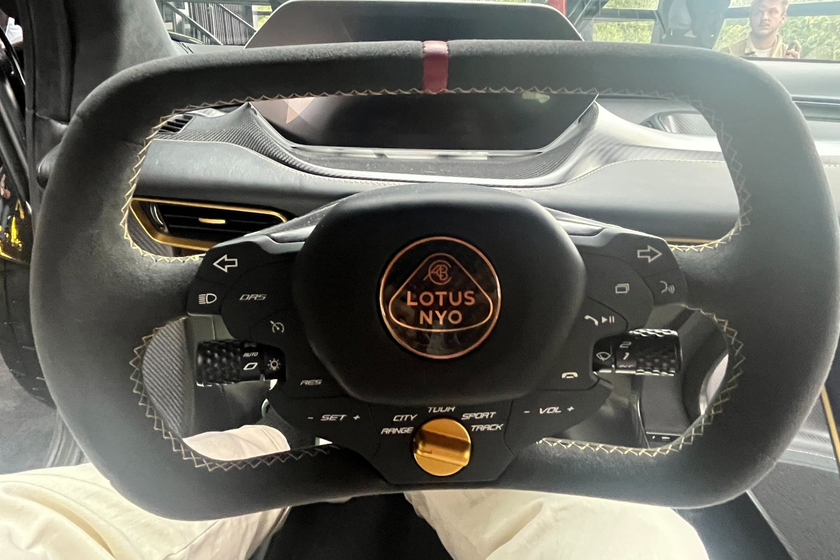
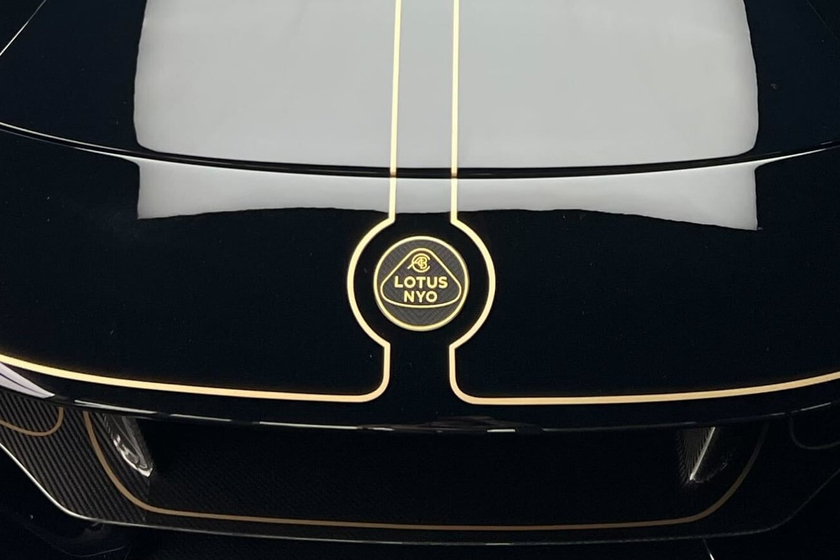
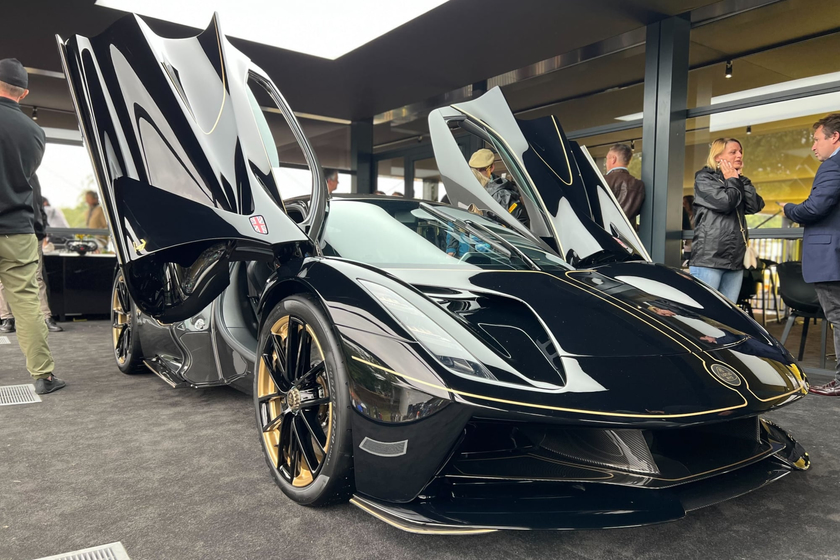
This piece of information reveals that the owner of this car is from China, and it is also its final destination. The name ‘Lotus’ is already taken in China, therefore all Lotus models sold in the Asian country bear a ‘Lotus Nyo’ badge, which literally translates to “New Lotus”. The Chinese automotive market is the largest in the world, yet for many years, a lot of traditional car manufacturers didn’t attempt to enter the market. This has changed now that Lotus has been acquired by Chinese automaker Geely, but since the ownership rights of the name were never registered by the sports car maker in China, it had to modify its identity accordingly.
Bound to just 130 units, earlier assertions proposed that each of the 130 hypercars had already been taken, however Lotus representatives confirmed to CarBuzz that this is no more accurate. That means you are still able to place an order if you have the funds – approximately $2.6 million (the cost is £1.995 million and Lotus says for vehicles of this kind, all exchanges are made in pounds sterling) – stashed away in your wallet.
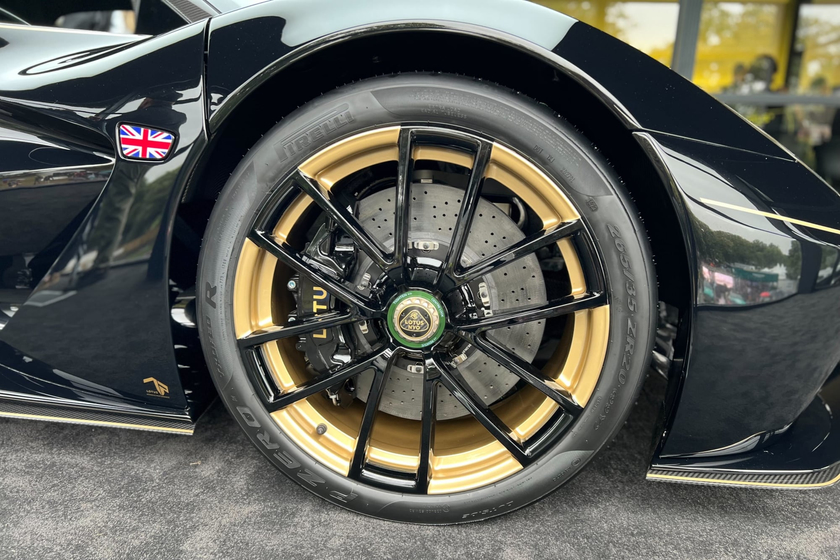
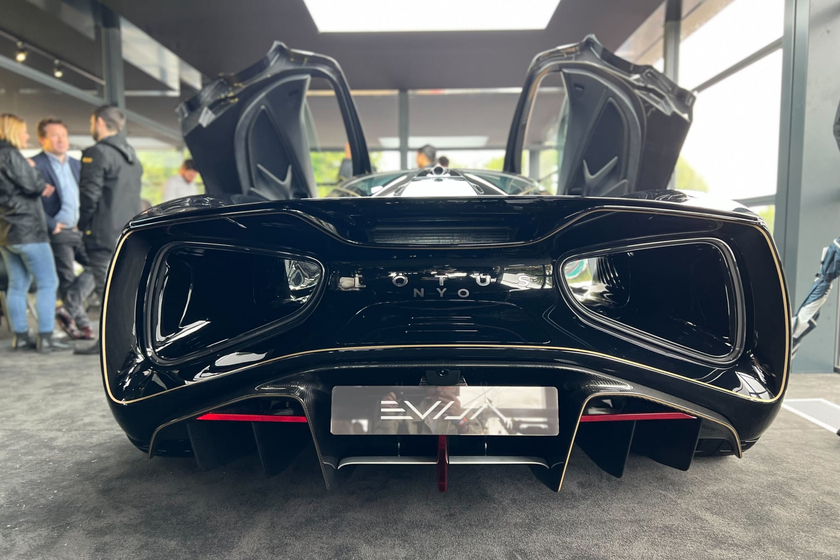
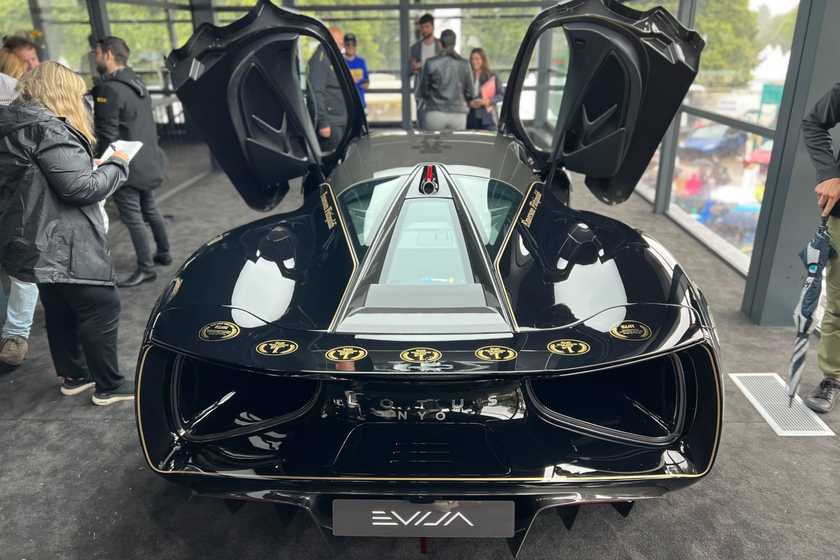

When 2019 came around, the Evija was an unprecedented unveiling for Lotus; not only was it their first ever hypercar, but also the company’s initial all-electric car. Boasting 1,972 horsepower and 1,253 lb-ft of torque from two electric motors, it was a surprising revelation, and the awesomeness only increased when considering its featherweight build at 3,702 pounds.
The source of all the energy required has to come from somewhere, and in this situation, it’s a 70-kWh lithium-ion battery mounted behind the cockpit. When asked why they put it there, Lotus didn’t just offer the generic explanation of simulating the weight distribution of a mid-engined supercar – an idea they were first to implement – but also wanted to lower the height of the driving seat by as much as 8 inches. Moreover, they want the Evija to be upgradeable when advances in battery technology are available.

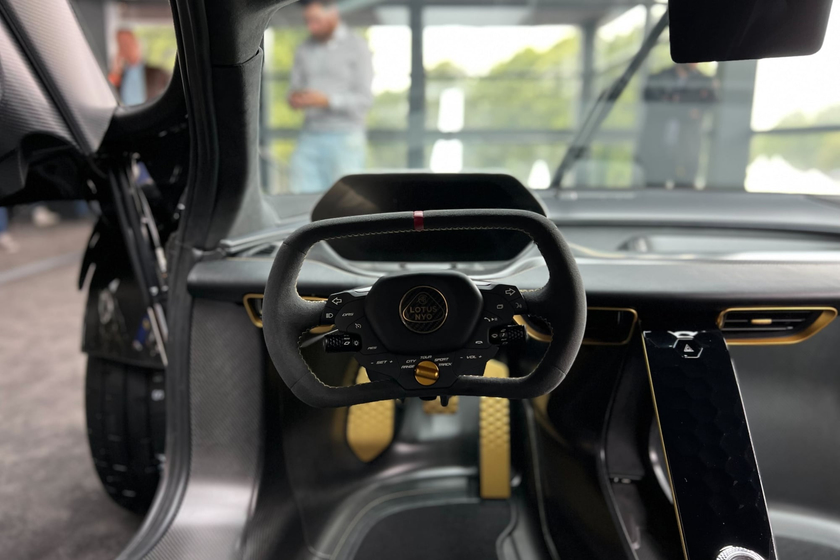
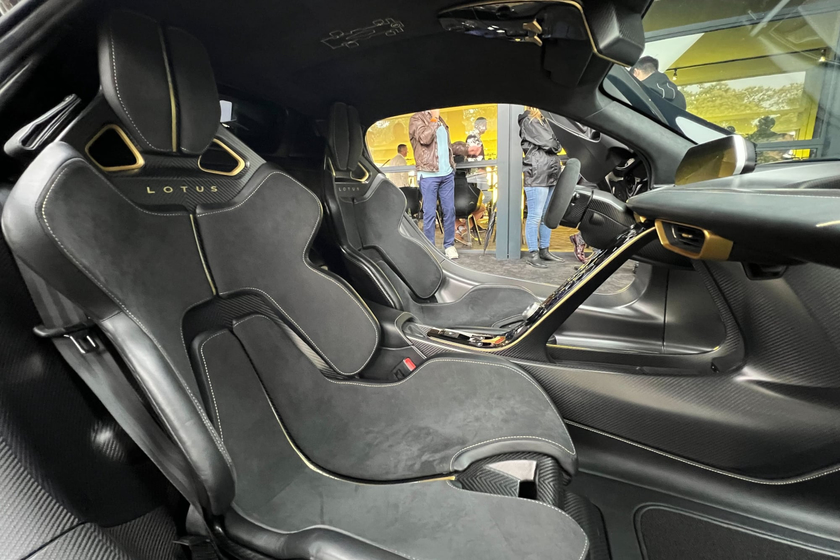
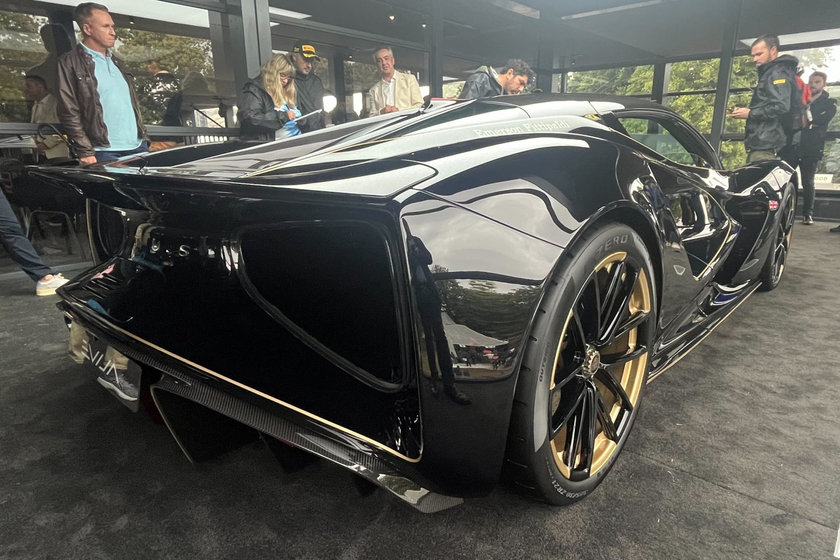
The battery occupies an equivalent area as a center-positioned V8 and can be replaced with a fresher battery module, stored in the same chest layout.
Although the jaw-dropping specs of the Evija now appear a bit less remarkable in face of the Rimac Nevera and Pininfarina Battista’s debut, there is yet room for improvement for the Lotus supercar.
Hopefully Lotus shall manage to source a lightweight battery for the Evija, lest they be inevitably denoted as construction hulks that go against their founding ideology of simplifying and decreasing weight. All the while, Caterham endeavours in the preservation of a more featherweight trajectory with its Project V electric sports car- weighing not more than a Toyota GR86.
